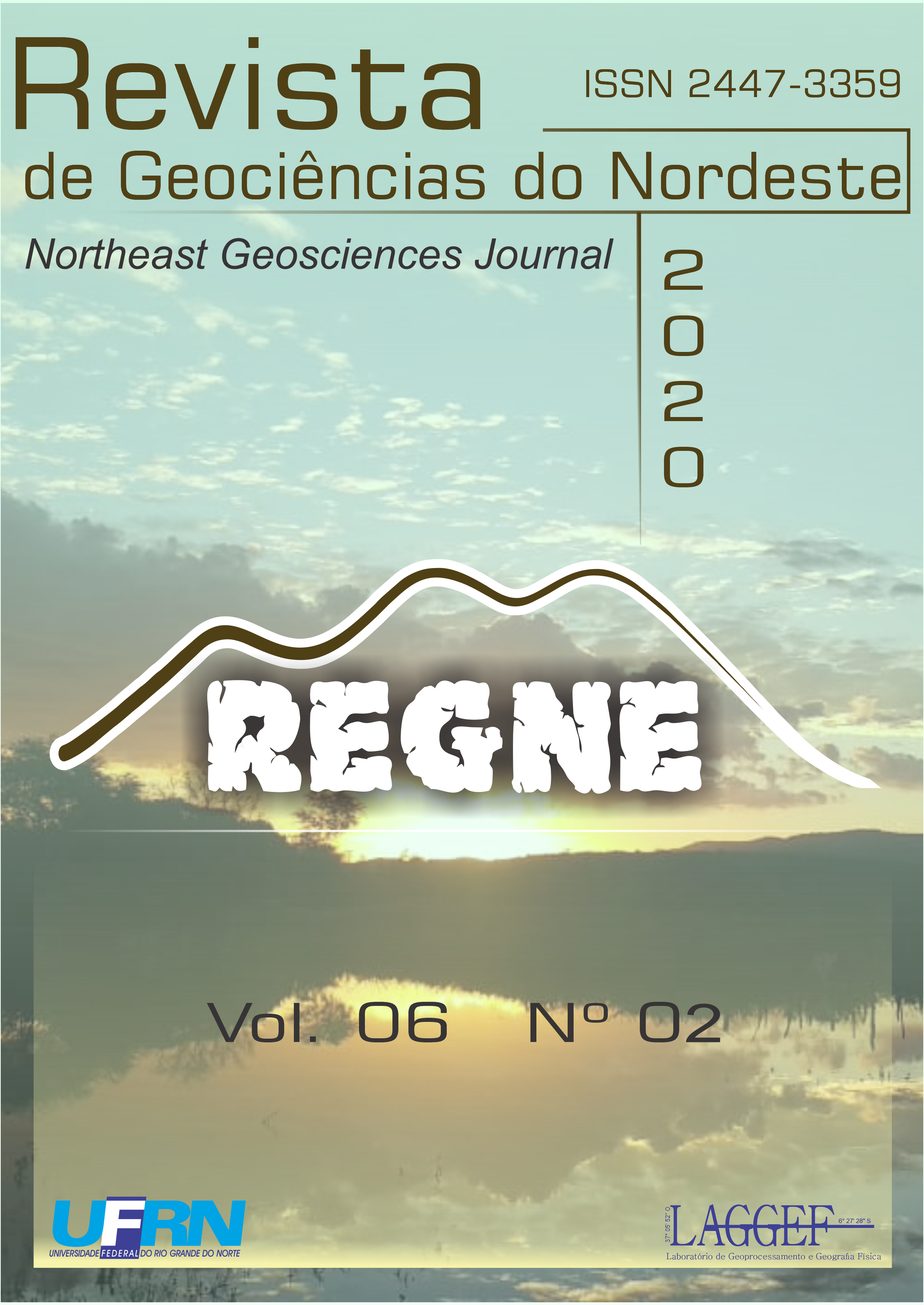SOCIAL AND INFRASTRUCTURAL VULNERABILITY IN THE URBAN AREA OF CAMPINA GRANDE, PARAÍBA, BRAZIL
DOI:
https://doi.org/10.21680/2447-3359.2020v6n2ID18400Abstract
The increase in the number of natural disasters has raised the need to understand this phenomenon, especially with regard to the identification of the most vulnerable territories because, although in today's society all individuals are in constant exposure to risks, the ways in which they adapt to harmful events differ from each other. In this sense, current studies have mainly focused on measuring vulnerability using indicators. Based on these premises, the present study aims to analyze how vulnerability is expressed in the urban area of ??the municipality of Campina Grande, Paraíba, Brazil. In this way, the social and infrastructural dimensions for the construction of an index are analyzed. For the elaboration of the Social and Infrastructure Vulnerability Index (SIVI), the steps proposed by Tate (2012) were followed. The main objective of this procedure was to identify which census sectors presented SIVI values ??above the median of the SIVI sample distribution obtained for the city of Campina Grande. The results showed that social and infrastructural vulnerability in the urban area of ??Campina Grande are distributed as follows: low levels of vulnerability in the central area of ??the city and high levels arranged mainly on the margins of the urban perimeter.


 Português (Brasil)
Português (Brasil) English
English







